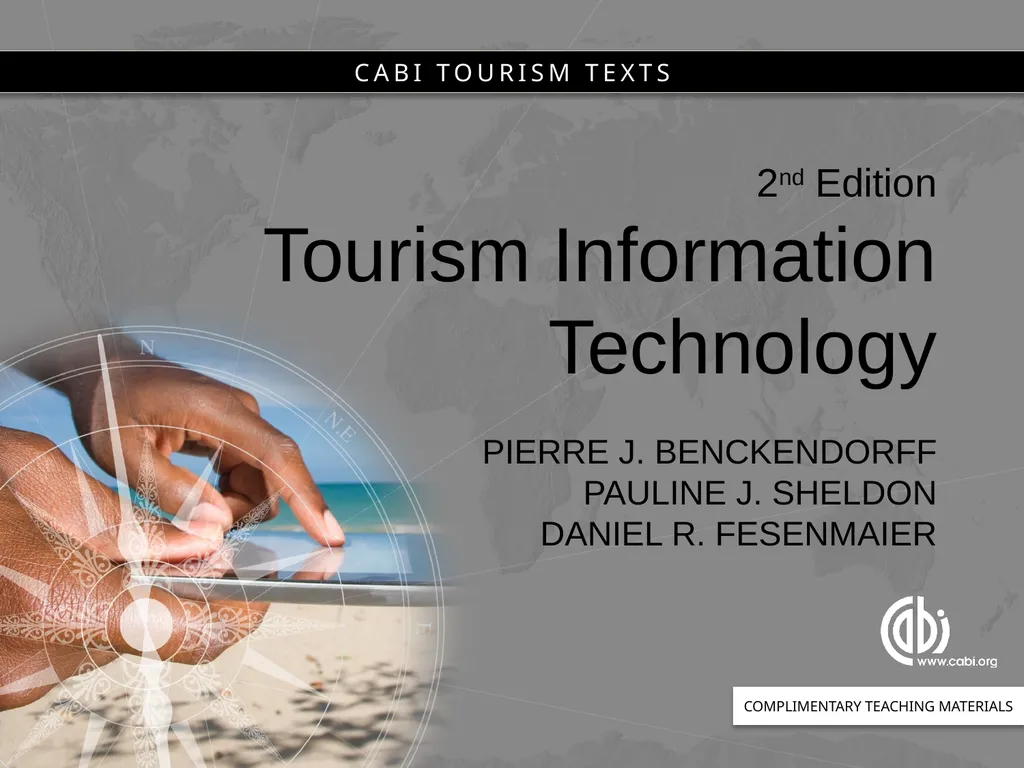
Author : celsa-spraggs | Published Date : 2025-05-19
Description: Chapter 6 Mobilities and Information Technology Chapter 6 Learning Objectives After studying this chapter you should be able to: apply the mobilities paradigm to the understanding of mobile technologies and travel; explain the key elementsDownload Presentation The PPT/PDF document "" is the property of its rightful owner. Permission is granted to download and print the materials on this website for personal, non-commercial use only, and to display it on your personal computer provided you do not modify the materials and that you retain all copyright notices contained in the materials. By downloading content from our website, you accept the terms of this agreement.
Here is the link to download the presentation.
"Chapter 6 Mobilities and Information Technology"The content belongs to its owner. You may download and print it for personal use, without modification, and keep all copyright notices. By downloading, you agree to these terms.













